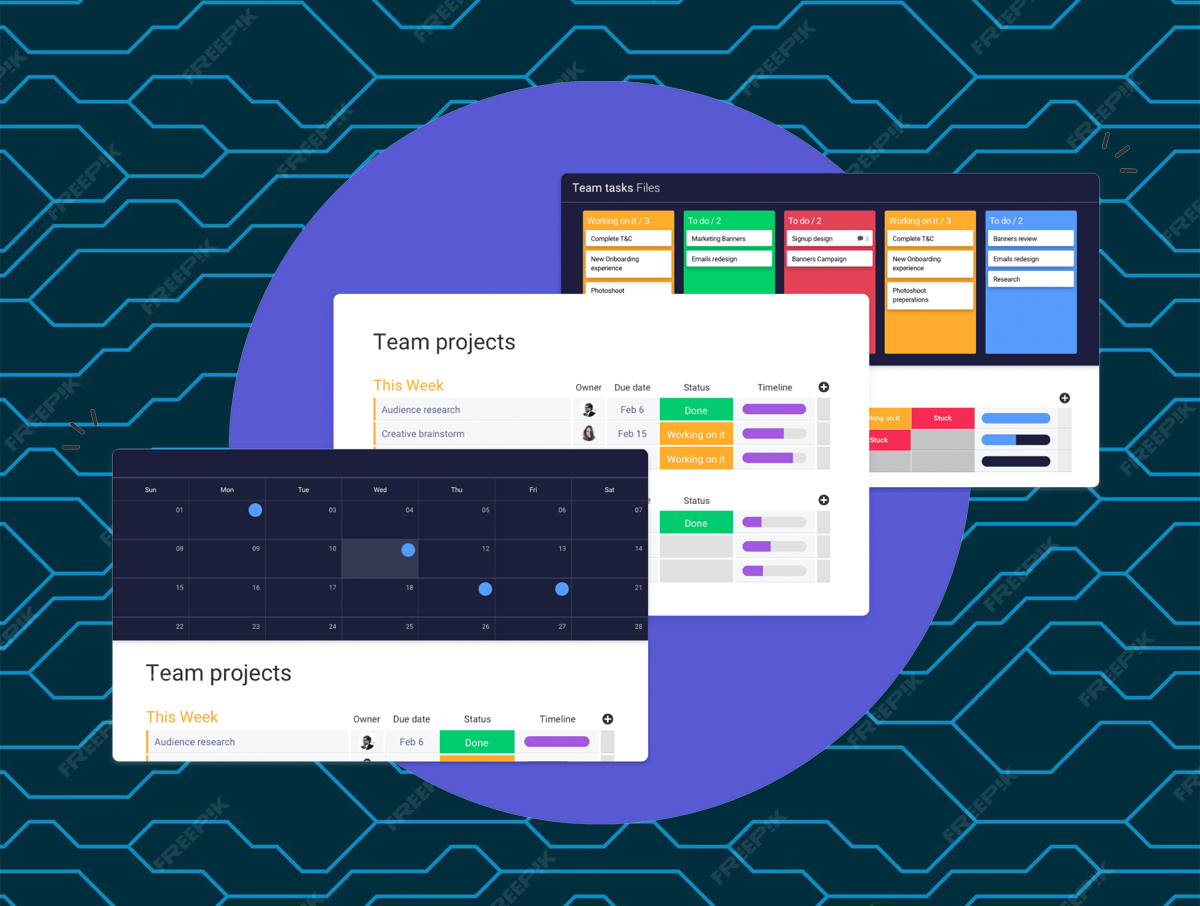Introduction
Visual workflows offer a robust means to visualize your processes, pinpoint bottlenecks, enhance areas for improvement, automate tasks, boost efficiency, facilitate more effective collaboration, and track progress for informed decision-making. monday.com, a cloud-based platform, simplifies creating and utilizing these powerful visual workflows.
What Are Visual Workflows?
Visual workflows are dynamic representations of your processes, translating complex tasks into easily digestible visuals. They simplify understanding, communication, and management of tasks, making it easier to streamline operations and optimize efficiency.
Benefits of Visual Workflows
Enhanced Clarity and Communication: Visual workflows give team members an easy-to-understand overview of your procedures, making it simpler to grasp their duties. This clarity minimizes confusion and fosters effective communication.
Identifying Bottlenecks and Areas for Improvement: Visual representations quickly highlight bottlenecks and areas that require improvement. By visualizing the flow of tasks, you can identify where processes are slowing down and take action to streamline them.
Automation and Efficiency: monday.com’s visual workflows allow you to automate routine tasks and processes, reducing manual workloads and minimizing errors. This automation enhances efficiency and frees up valuable time for more critical tasks.
Effective Collaboration: Visual workflows facilitate collaboration by providing a shared, real-time view of tasks and project progress. Team members can easily collaborate on tasks, assign responsibilities, and track each other’s contributions.
Progress Tracking and Informed Decision-Making: Visual workflows enable real-time progress tracking, supporting data-driven decisions, adaptable timelines, and efficient resource allocation.
Customization and Scalability: monday.com’s visual workflows are highly customizable, allowing you to adapt them to your team’s unique needs. As your projects grow and evolve, these workflows can scale with your requirements.
===
Tips for Designing Effective Visual Workflows in monday.com
Meticulous Planning and Goal Definition: Start by clearly defining your project’s goals and objectives. Understand the intricacies of your processes and map them out thoroughly before embarking on creating your visual workflow.
Use Visual Elements: Make your workflow visually engaging and easy to understand by incorporating color coding, icons, and labels. These visual cues help team members grasp the flow at a glance, enhancing overall comprehension.
Prioritize Streamlining and Simplification: Simplicity is key. Avoid unnecessary complexity in your visual workflow that could confuse team members. Keep it streamlined and straightforward for maximum effectiveness.
Foster Collaborative Accessibility: Ensure all team members have access to and understand how to use the visual workflow for collaborative purposes. Providing training and support when necessary will facilitate seamless teamwork within the workflow.
Leverage Automation Integration: Tap into monday.com’s automation features to streamline repetitive tasks and guarantee a smooth workflow. Automation ensures that processes run efficiently, freeing time for more critical tasks.
Embrace Regular Updates: Acknowledge that visual workflows should evolve in tandem with your project. Regularly update and refine them to reflect process changes and project status alterations accurately.
==
Final Note
Visual workflows on monday.com are an indispensable asset for modern businesses seeking enhanced efficiency and collaboration. By providing clarity, automating tasks, and fostering effective communication, these visual representations empower teams to excel in their projects. With the ability to tailor and scale these workflows, monday.com is a versatile solution that adapts to the ever-changing demands of today’s dynamic work environments.
